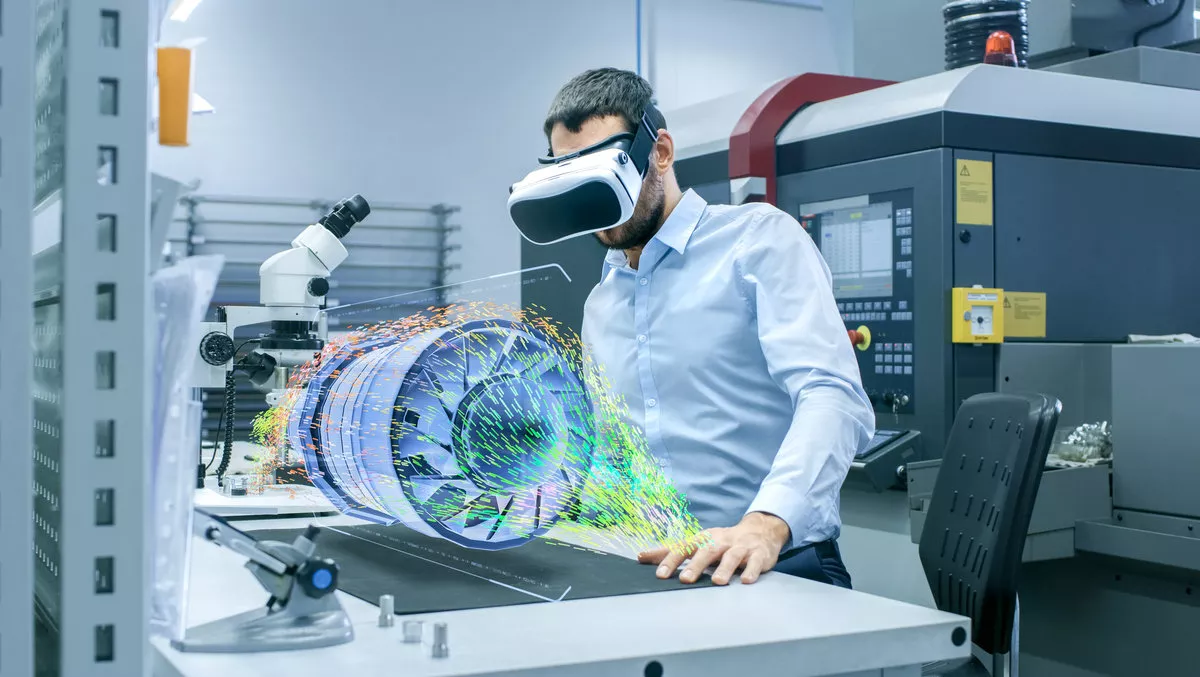
Volvo and Varjo launch world-first mixed reality application for car development
Volvo Cars and Varjo, the Finnish maker of high-end augmented reality headsets, have created a world-first mixed reality approach to evaluating prototypes, designs and active safety technologies.
The collaboration will be further strengthened by the Volvo Cars Tech Fund's decision to invest in Varjo. The Tech Fund is the car maker's venture capital fund which invests in high-potential technology start-ups.
Volvo Cars and Varjo have made it possible for the first time to drive a real car while wearing a mixed reality headset, seamlessly adding virtual elements or complete features that seem real to both the driver and the car's sensors, for development purposes. Until now, no other car maker has been able to do this.
The Varjo XR-1 headset, launched today, provides photorealistic mixed or virtual reality at a high-definition resolution better than anything currently available. As such, the XR-1 can radically reduce development time frames by creating the new ability to evaluate features and designs almost immediately.
Compared to its predecessor, the XR-1 adds high-definition cameras to the headset and enables mixed reality. This allows Volvo Cars designers and engineers to 'drive' future cars and evaluate all features in a simulation environment many years before they exist, enabling the company to develop the safest cars with the most refined user experience possible.
"With this mixed reality approach, we can start evaluating designs and technologies while they are literally still on the drawing board," said Volvo Cars CTO Henrik Green.
"Instead of the usual static way of evaluating new products and ideas, we can test concepts on the road immediately. This approach offers considerable potential cost savings by identifying priorities and clearing bottlenecks much earlier in the design and development process.
The XR-1 also allows Volvo Cars engineers to develop and evaluate active safety solutions much easier. Safety experts are able to drive real cars while wearing the XR-1 headset at Volvo's research facilities in Sweden, testing virtual active safety systems imposed via augmented reality on the real-life environment.
Eye-tracking technology embedded inside the XR-1 makes it easy to assess how drivers use a new functionality and whether they are distracted in any way. This technology-based approach to measuring distraction levels ensures that Volvo Cars can develop new features without causing additional distraction.
"From the very beginning, our vision has been to create a product that can seamlessly merge the real and the virtual together," said Varjo CEO Niko Eiden.
"The incredibly advanced ways in which Volvo Cars uses the XR-1 show that Varjo's technology enables things that have been previously impossible. Together with Volvo we have started a new era in professional mixed reality."

